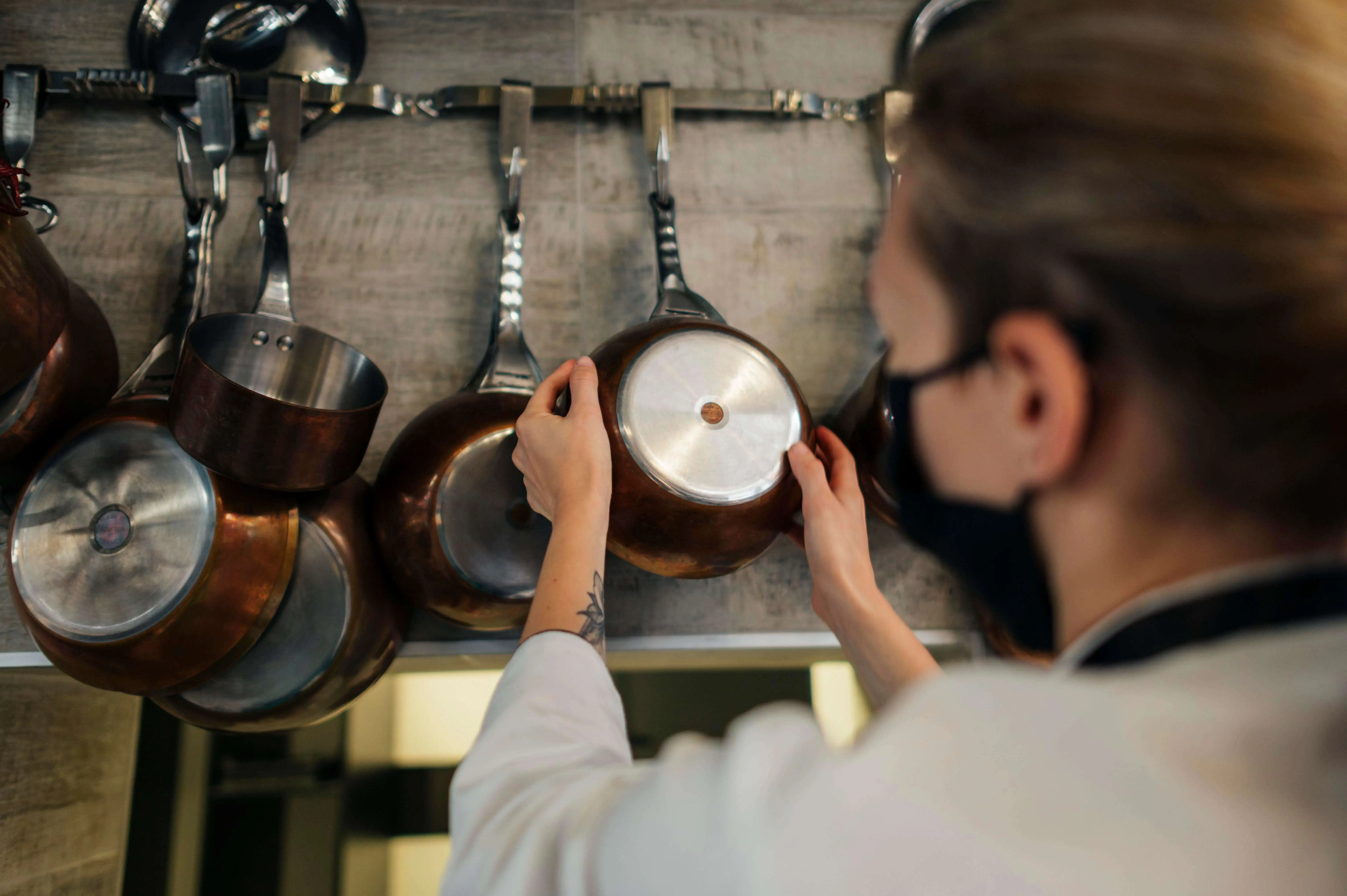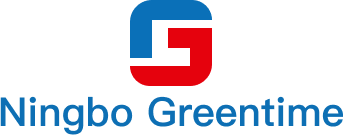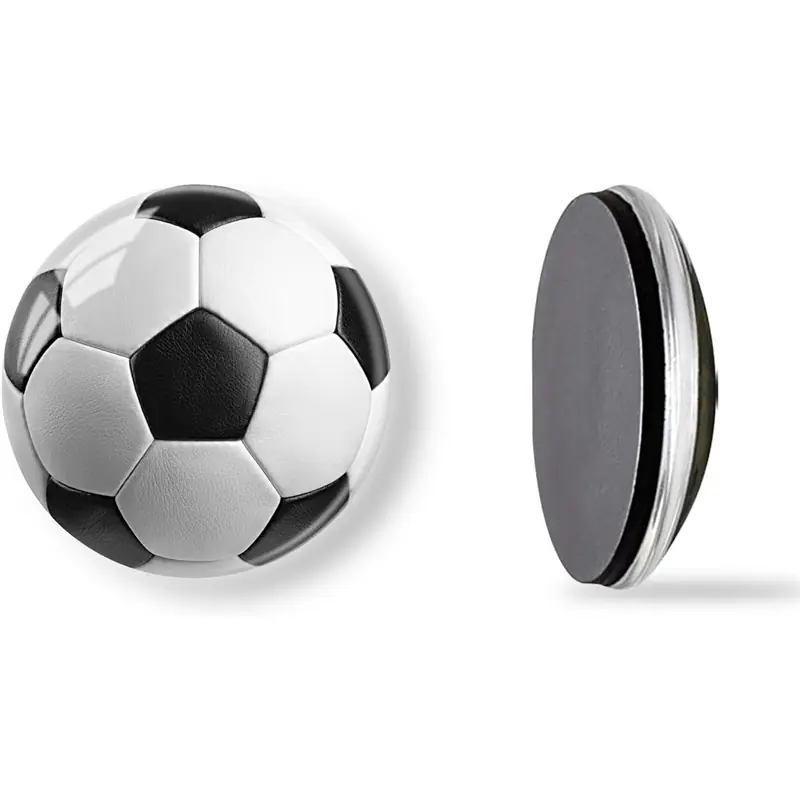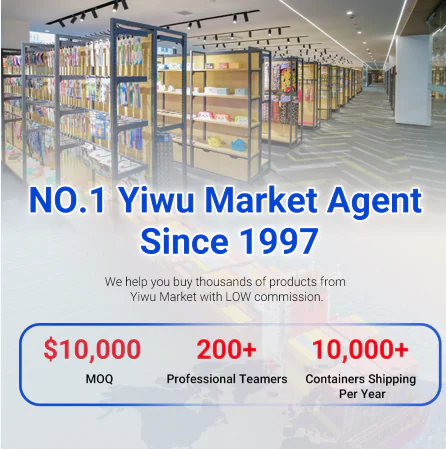The global kitchenware industry is more competitive than ever—and what separates thriving importers from those just getting by often comes down to one thing: knowledge. Behind every successful brand or retailer is a deep understanding of how a kitchenware factory really operates. From manufacturing techniques and sourcing strategies to pricing tricks and future trends, the details matter.
In this blog, we pull back the curtain on what your competitors already know—and probably don’t want you to find out. Whether you’re new to the industry or looking to level up your sourcing strategy, this insider guide will give you the edge. You’ll learn how to spot a reliable kitchenware manufacturer, avoid costly pitfalls, and stay ahead of shifting global trends. Let’s dive in.
1. Why Are Kitchenware Factories in China Dominating the Global Market?
1.1 The Rise of Chinese Kitchenware Manufacturing
China’s kitchenware industry has seen explosive growth due to its efficient production systems, competitive pricing, and vast supplier networks. According to UN Comtrade data, China accounts for over 35% of global kitchenware exports, reflecting its dominance in the sector.
Thanks to skilled labor and easy access to raw materials, kitchenware manufacturers in China can offer cost-effective yet high-quality products. From stainless steel pans to silicone tools, the variety and scale are unmatched globally.
Many Chinese factories have invested in automation, ensuring faster production and better quality control. They also meet international certifications such as LFGB and FDA, making them reliable partners for international buyers.
For businesses engaged in kitchenware import, sourcing from China offers a strategic advantage—lower costs, flexible MOQs, and fast lead times. It’s no surprise that many global brands have shifted their supply chains to China to remain competitive.
1.2 Key Regions for Kitchenware Production (Yiwu, Guangdong, etc.)
Several regions in China have become specialized centers for kitchenware manufacturing. Yiwu, famous for its massive wholesale market, is ideal for wholesale kitchen goods and a wide variety of kitchen tools at low MOQs. It’s particularly suitable for startups and Amazon sellers.
Guangdong, especially Jiangmen and Chaozhou, focuses on mid-to-high-end kitchenware like ceramic and stainless steel cookware. Factories here often offer OEM and private label services, catering to global kitchen products manufacturers.
Yangjiang stands out for knife production, earning its nickname “Knife Capital of China.”
Understanding regional strengths allows buyers to source smarter and build long-term partnerships with the right kitchenware factory for their product niche.

2. Inside a Kitchenware Factory: How Products Are Made from Start to Finish
2.1 Raw Materials to Finished Goods: The Complete Process
The production flow inside a kitchenware factory begins with sourcing raw materials—such as stainless steel, aluminum, wood, silicone, or ceramics. These materials are then cut, molded, or stamped based on the product type.
A common item like a saucepan undergoes several steps: metal cutting, shaping, welding, polishing, coating (non-stick or enamel), and assembly. Silicone tools, on the other hand, are typically injection molded in custom-designed molds.
Quality checks are built into each stage to ensure durability, food safety, and appearance. Many factories even offer packaging and labeling as part of their service.
Understanding this process helps importers manage lead times, plan quality checks, and better communicate with suppliers. Whether you’re launching a new line or scaling an existing one, having visibility into how products are made gives you greater control over your kitchenware import success.
2.2 Common Product Categories You Didn’t Know Were Made Together
One surprising aspect of working with a kitchenware factory is the wide product range they often produce. Many factories manufacture not just one item but related categories—for example, a single supplier may offer spatulas, baking mats, and silicone molds under one roof.
This helps streamline sourcing for importers. You can consolidate your orders, reduce shipping costs, and maintain consistent quality across multiple SKUs.
Also, many factories are now adding eco-friendly product lines, including bamboo or wheat-straw utensils, to meet changing consumer demands.
For importers dealing in wholesale kitchen goods, this means fewer suppliers, simpler logistics, and stronger supply chain efficiency. Knowing a factory’s full capabilities can unlock new product opportunities and give you an edge in the market.
3. What Makes a Top-Tier Kitchenware Factory Stand Out?
3.1 Certifications, Audits, and Quality Control Systems
Not all factories are created equal. A professional kitchenware factory will prioritize quality assurance through third-party audits, certification, and in-house QC systems.
Look for certifications like ISO9001, BSCI, Sedex, LFGB, or FDA compliance, depending on your market. These show a commitment to safety, consistency, and ethical production practices.
Third-party inspections (like SGS or TÜV) during or after production help catch potential issues early. A reliable kitchenware manufacturer won’t resist these checks—they’ll welcome them as part of long-term business collaboration.
Having a clear understanding of a factory’s quality protocols can reduce risks and ensure your products meet your customers’ expectations.
3.2 Innovation in Design and Customization Capabilities
One of the biggest advantages of working with top-tier kitchenware factories is their ability to support product innovation. Many now have in-house R&D teams that assist with trend forecasting, new materials, ergonomic design, and custom molds.
This is especially valuable for importers looking to launch private-label kitchenware or capture niche markets. From color matching to logo printing and packaging design, top suppliers offer comprehensive customization services.
In a crowded market, product uniqueness matters. Whether you’re a kitchen products manufacturer building a brand or a wholesaler looking to differentiate, choosing a factory with strong design capabilities can set you apart.
4. Hidden Costs Your Competitors Know How to Avoid
4.1 MOQ Tricks and Pricing Tiers Explained
Many kitchenware factories offer attractive unit prices—but what buyers often overlook are the hidden costs tied to Minimum Order Quantities (MOQs) and pricing tiers. A factory might quote a low price, but only for large bulk quantities. Smaller buyers may end up paying a higher per-unit cost due to not meeting volume thresholds.
Some suppliers also add charges for mold setup, custom logos, or color adjustments. These add-ons can significantly affect your bottom line if not negotiated upfront. Experienced kitchenware importers know to ask for tiered pricing sheets that show unit costs at different volume levels.
By understanding MOQ strategies, you can negotiate smarter deals and avoid overpaying. Whether you’re ordering utensils or cookware, transparency in pricing from your chosen kitchenware factory is essential to maintaining profitability and staying competitive.

4.2 Packaging, Branding & Logistics Secrets
Beyond product cost, packaging, branding, and logistics can quietly inflate your expenses. High-end packaging or retail-ready designs often come at a premium—especially when customized printing or eco-materials are involved.
Some kitchen basket manufacturers provide turnkey solutions including packaging, barcode labeling, and carton design, but these services may carry hidden fees unless specified early.
Additionally, shipping costs can fluctuate based on packaging size and weight. Smart importers work with their kitchenware factory to optimize carton dimensions and ensure compliance with freight standards to save on shipping and avoid warehouse fees.
Factories that offer integrated logistics services can help reduce costs and improve supply chain efficiency. These insights are often overlooked by new buyers—giving seasoned competitors a major advantage.
5. How to Find a Reliable Kitchenware Factory Without Getting Scammed
5.1 Sourcing Agent vs Direct Factory Contact
Choosing between a sourcing agent and direct factory contact depends on your experience level. Going factory-direct can lead to better pricing, but without industry knowledge, you’re exposed to higher risks.
A good sourcing agent—especially one based in manufacturing hubs like Yiwu or Guangdong—can vet suppliers, manage orders, and provide local support. They often have existing relationships with kitchenware factories, ensuring better communication and faster resolution of issues.
That said, always verify whether the agent is working in your interest or acting as a middleman. Transparency is key. Whether you choose an agent or go direct, check for business licenses, client references, and production history.
Experienced buyers in bulk kitchenware know that reliability, not just cost, determines success. Finding the right supplier partnership is a long-term investment that shields you from scams, delays, and quality problems.
5.2 Factory Audits, Samples, and Red Flags to Watc
Before committing to a kitchenware factory, conducting a factory audit or requesting a third-party inspection is essential. This gives you insight into the factory’s production capacity, quality control processes, and compliance with standards.
Ask for product samples and evaluate them for material quality, durability, and finish. A reliable factory should offer free or discounted samples—if they refuse, that’s a red flag.
Also watch for inconsistent communication, overly generic product catalogs, or lack of certifications (e.g., ISO, BSCI). These may indicate a trading company posing as a factory.
For bulk kitchen supplies, consistency and accountability are crucial. A professional audit helps ensure the supplier can deliver at scale and meet your expectations across every shipment.
Smart sourcing always includes due diligence—an essential step that experienced buyers never skip.

6. Future Trends in Kitchenware Factories You Should Prepare For
6.1 Eco-Friendly Materials and Smart Kitchenware
The modern kitchenware factory is evolving fast to meet global trends. Sustainability is at the forefront, with many factories shifting to eco-friendly materials like bamboo, recycled steel, and biodegradable plastics.
In parallel, the rise of smart kitchenware—such as app-connected thermometers or smart storage—has pushed kitchenware factories to invest in R&D. They’re now collaborating with tech partners and startups to bring innovation to everyday products.
For buyers, staying ahead means sourcing items that meet growing consumer demand for green, smart, and functional tools. This also opens opportunities for branding and differentiation in the competitive kitchenware import market.
Factories that adopt these innovations early are better positioned to support forward-looking brands worldwide.
6.2 How Factories Are Evolving to Meet Global Demand
Global demand for customization, fast lead times, and small-batch flexibility is reshaping how a kitchenware factory operates. Instead of mass production alone, many factories now offer short runs, digital prototyping, and flexible packaging options.
Automation, ERP systems, and AI-driven QC tools are improving efficiency while reducing error rates. This digital transformation is especially relevant for bulk kitchenware orders where consistency across thousands of units is critical.
Factories are also expanding multilingual support and e-commerce integration, making it easier for international buyers to collaborate. As the export landscape changes, only adaptable factories will thrive.
Whether you’re a new brand or an established distributor, aligning with a forward-thinking kitchenware factory ensures your supply chain remains competitive and future-proof.
Conclusion
Success in the kitchenware business isn’t just about finding the right product—it’s about working with the right kitchenware factory, understanding the fine print, and staying one step ahead of market shifts. By uncovering these hidden insights—from pricing structures to eco-friendly innovation—you’re already on track to outperform competitors who are still in the dark.
At GREENTIME, we help global buyers source bulk kitchenware directly from trusted factories, with full transparency, customization, and quality assurance. If you’re ready to simplify your supply chain, reduce risks, and access premium bulk kitchen supplies, contact us today. Our team is here to guide you through every step of your sourcing journey.
Let’s talk – your next best-selling kitchen product might just be one message away.
Zoe Cen is directly responsible for supplier selection and final purchasing decisions within our company. My role goes beyond price negotiations — I oversee the full evaluation process, including product quality, compliance with international standards, production capacity, and delivery reliability. I have the authority to approve or reject suppliers based on their ability to meet our long-term procurement strategy. When choosing business partners, I prioritize manufacturers who can provide not only competitive pricing but also consistency, flexibility, and professional after-sales support. Every decision I make is aimed at securing sustainable supply chain solutions and creating value for both sides in the partnership.










